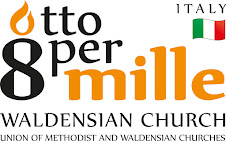A former secretary of the AERB recalls how safe levels of radionuclides in food items came to be set and the first case in which its limits were tested.

On April 26 this year, the nuclear
industry solemnly observed the 30th anniversary of the catastrophic
accident at the Chernobyl nuclear power plant. While the show was on,
Associated Press reporters refused to drink freshly drawn milk that a
farmer from Belarus had offered them, as they suspected it contained
Chernobyl’s radioactive residues. They tested a sample and found that
the strontium-90 level in it was 10-times above the country’s safe
limit. And their finding that Belarus exports such contaminated products
to Russia did not set the Volga on fire. The AP reporters’ plight
reminded me of India’s tryst with Chernobyl’s radioactive residues in
Mumbai in the ‘Irish butter case’.
In 1987, there were reports that the
fallout from Chernobyl had shown up in foodstuffs in various countries.
Taking into account the possible health impact of contaminated food
items, the Atomic Energy Regulatory Board (AERB) prescribed permissible
levels of radionuclides in imported food items. Incidentally, it was the
first major policy decision the AERB had taken since the government had
set it up, in November 1983.
Initially, there were low-decibel
murmurs that the AERB had no authority to fix the safe limits of
radioactive substances in foods. But mercifully, the critics were
neither stubborn nor persistent.
For many years before the Chernobyl
accident, artificial radionuclides such as caesium-137 from the
atmospheric testing of nuclear weapons had been present in milk and
other dairy products, as well as in food items. From the mid-1950s, the
Bhabha Atomic Research Centre (BARC) has been operating a network of
monitoring stations nationwide for measuring radioactivity in food
items. The technical competence for such measurements already existed in
the country.
Data: 26.05.2016
Fonte: www.thewire.in



















Nessun commento:
Posta un commento